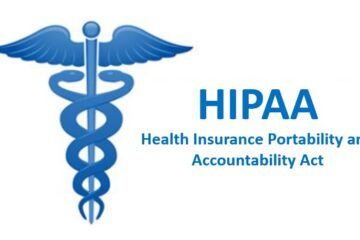How MDs are classified in America and Europe according to the risks they are subject to.
In both America and Europe, medical devices are classified based on the level of risk they pose to patients and users. The classification criteria vary slightly between the two regions, but generally, the higher the risk associated with the device, the more stringent the regulatory requirements for bringing it to market.
In the United States, medical devices are classified into three categories:
- Class I: These are low-risk devices, such as bandages and tongue depressors. They are subject to general controls, such as registration and listing with the FDA, and adherence to good manufacturing practices.
- Class II: These are moderate-risk devices, such as x-ray machines and powered wheelchairs. They are subject to both general controls and special controls, such as performance standards, post-market surveillance, and pre-market clearance through the FDA’s 510(k) process.
- Class III: These are high-risk devices, such as pacemakers and artificial heart valves. They require pre-market approval from the FDA, which involves demonstrating safety and efficacy through clinical trials.
In Europe, medical devices are classified into four categories:
- Class I: These are low-risk devices, such as adhesive bandages and non-invasive thermometers. They are subject to basic regulatory controls, such as labeling requirements and conformity assessment by a notified body.
- Class IIa: These are medium-risk devices, such as hearing aids and contact lenses. They require a conformity assessment by a notified body and clinical data demonstrating safety and performance.
- Class IIb: These are higher-risk devices, such as artificial joints and blood glucose meters. They require a conformity assessment by a notified body and a higher level of clinical data demonstrating safety and performance.
- Class III: These are the highest-risk devices, such as heart valves and implantable defibrillators. They require a conformity assessment by a notified body and the highest level of clinical data demonstrating safety and performance.
It’s important to note that medical device regulations are constantly evolving in both regions, so it’s important to stay up-to-date on the latest requirements when bringing a new medical device to market.


